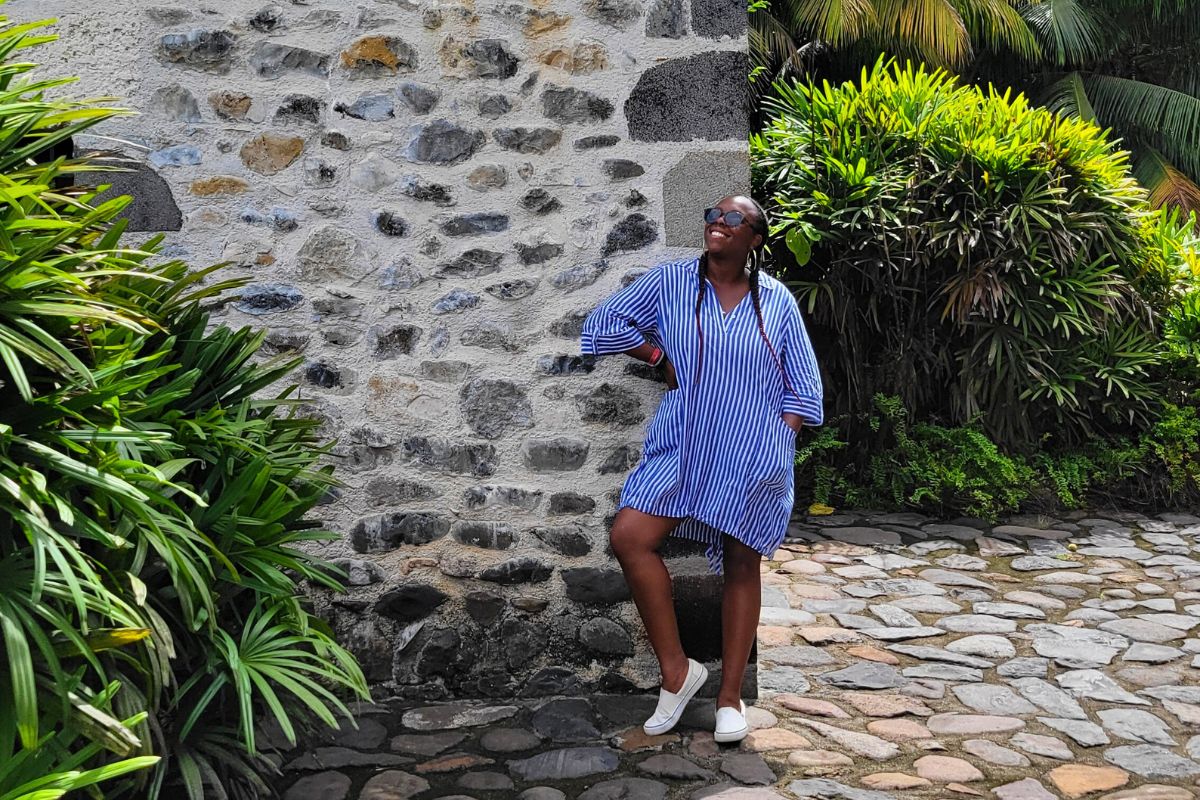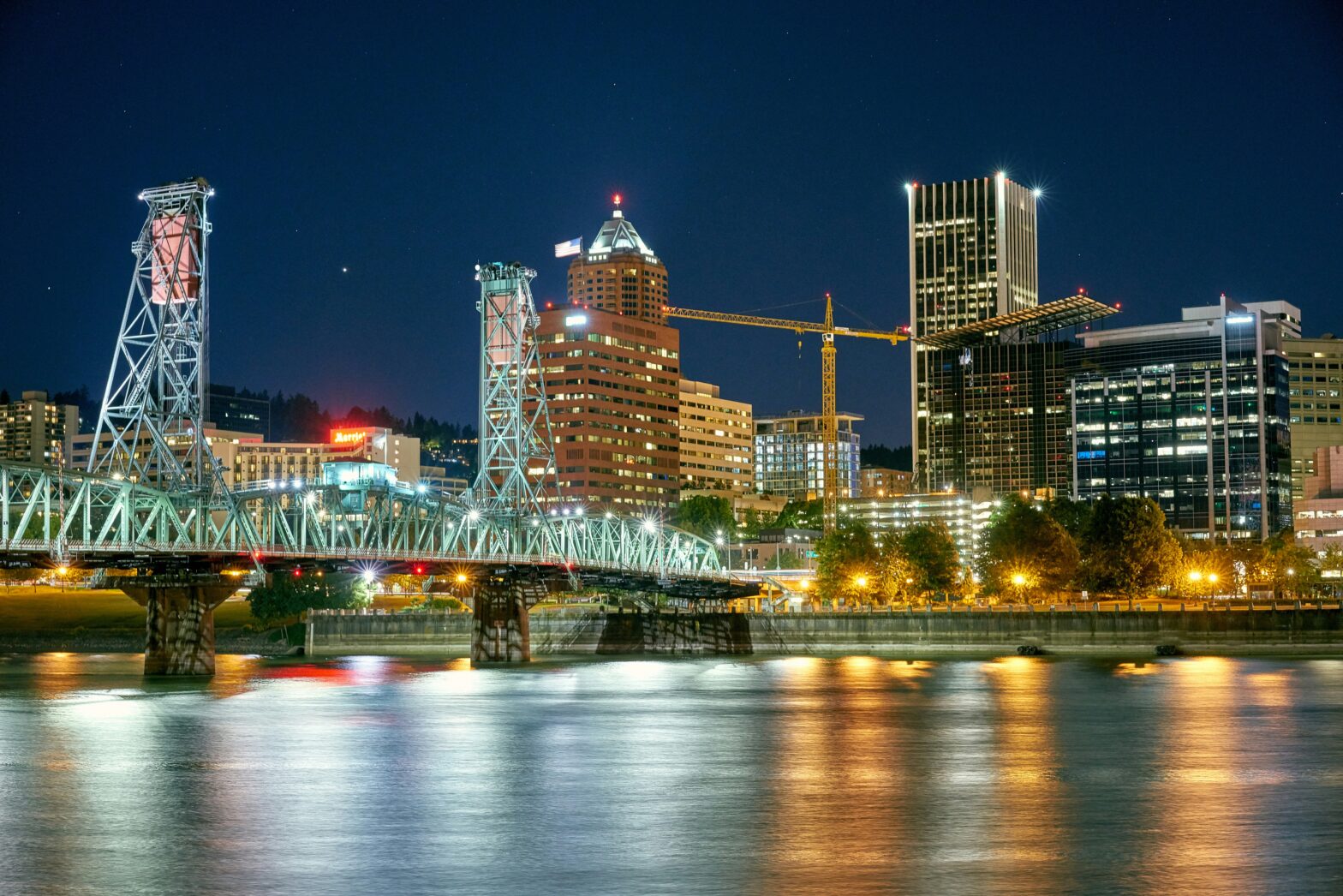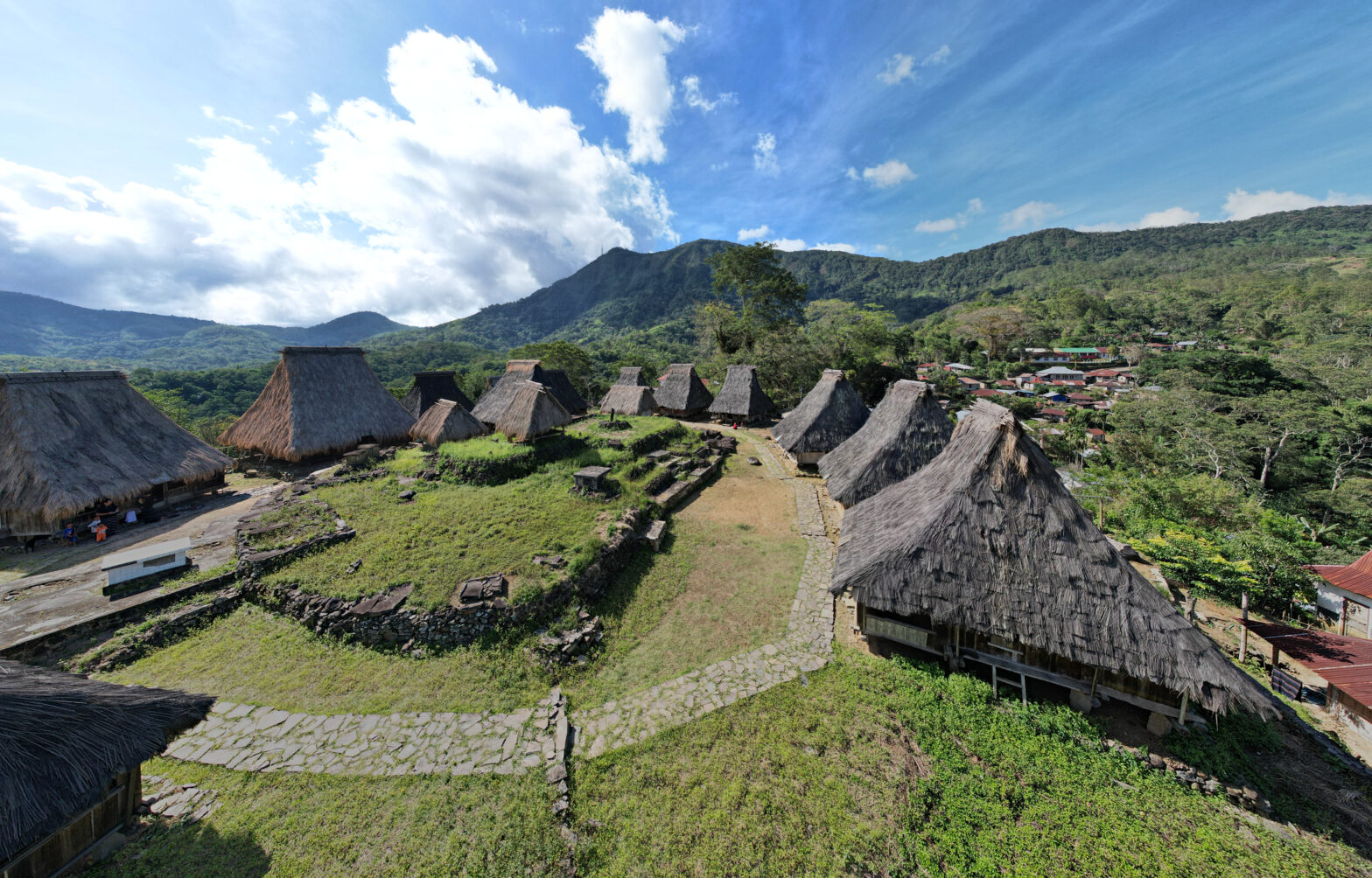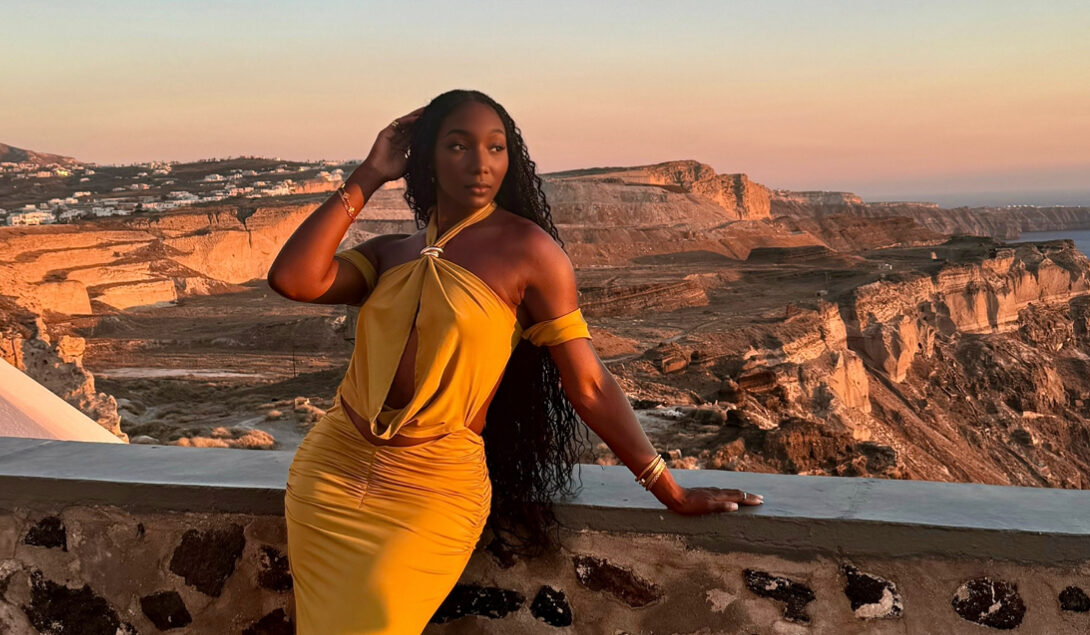Comparing one Caribbean island to another is a fool’s journey. It often reduces these uniquely diverse lands to its beaches, foreign-owned hotels, and tourist attractions. Martinique, however, is one destination whose identity is one of one in many ways. Originally established in 1635 by the French, the nearly 400-year-old overseas department of France sits in the Lesser Antilles.
Martinique is best enjoyed when the fast-paced nature of everyday life is left behind. Granted, the culture and people aren’t to be rushed either way, so settling in is the quickest route to enjoyment.
Visiting the French Caribbean island feels like stepping back in time to a place that only a few have been. This is partially true, at least for American travelers, who account for less than 15% of the island’s visitors. A common theme runs through locals you’ll meet — a multi-passionate creativity that imbues the isle’s art, entertainment, local food, and culture. Verdant plains, rolling hills, and mountain backdrops form the dreamiest landscape, and a body of water is nearly always within earshot.
If you’re ready to try something new in the Caribbean, here are five reasons to consider Martinique for an island getaway.
Discover The Unique Blend Of French And Caribbean Culture
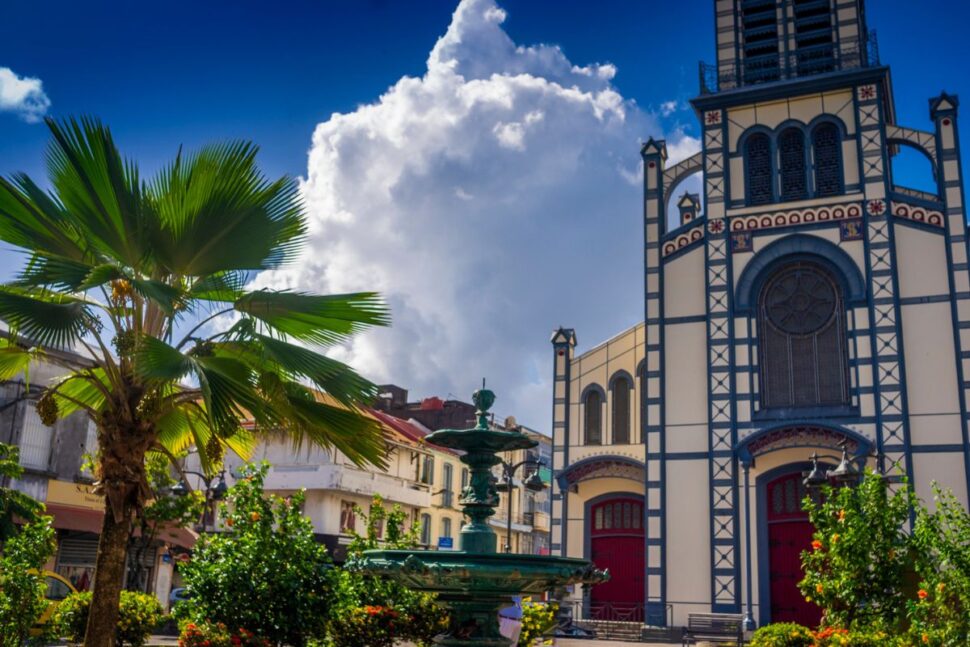
Martinique’s melting pot culture derives from Amerindian, Creole, African, French, and Indian influences, though 80% of its population identifies as African or Creole. Like much of the West Indies, European colonization in the 17th century led to the exploitation of natural resources. The French found Martinique’s fertile lands an ideal and strategic choice. However, to grow the volume of coffee, tobacco, and sugarcane desired to build wealth, the French turned to forced labor — primarily, enslaved people from Africa.
Through resistance and organization, enslaved Martinicans gained their independence in 1848, after more than 200 years (and nearly 20 years before the U.S.). While that battle was coming to an end, Martinicans would continue to overcome hard-fought challenges. Post-slavery, departmentalization eventually became the new focus. Martinique sought to receivethe economic and social development benefits of being tied to France while maintaining its own identity. Today, the “Island of Flowers” is undeniably Caribbean, but the influence of France (and large European tourist numbers) remains palpable.
The prominence of upholding stories of resistance throughout the island’s attractions is one of the most memorable aspects of visiting. La Savane des Esclaves, for example, is a 300,000 square foot manmade Amerindian village reconstruction that functions as a tourist site. Creator Gilbert Larose was inspired to take on the ambitious project and has since built 25 traditional huts, 26 bilingual panels, a Creole garden, and a medicinal garden on the property. Similarly, Anse Caffard Memorial is a sculpture installation situated on a hillside overlooking the crashing waves of the sea. Erected in 1998 by Laurent Valere, the memorial, also known as Cap 110, was initially built to commemorate the 150th anniversary of the emancipation of slaves in the French West Indies.
Also not to be missed are the spirited markets characterized by the aroma of fragrant fruits and spices. Markets are also one of the best places to try local delicacies like fresh sugarcane juice and accras (fritters). Notable markets to save for later include the Grand Marché, the Marché des Fruits et Légumes of Boulevard Général de Gaulle, and Avenue Paulette Nardal.
Nuzzle Into Nature’s Beaches, Hiking, And Water Sports
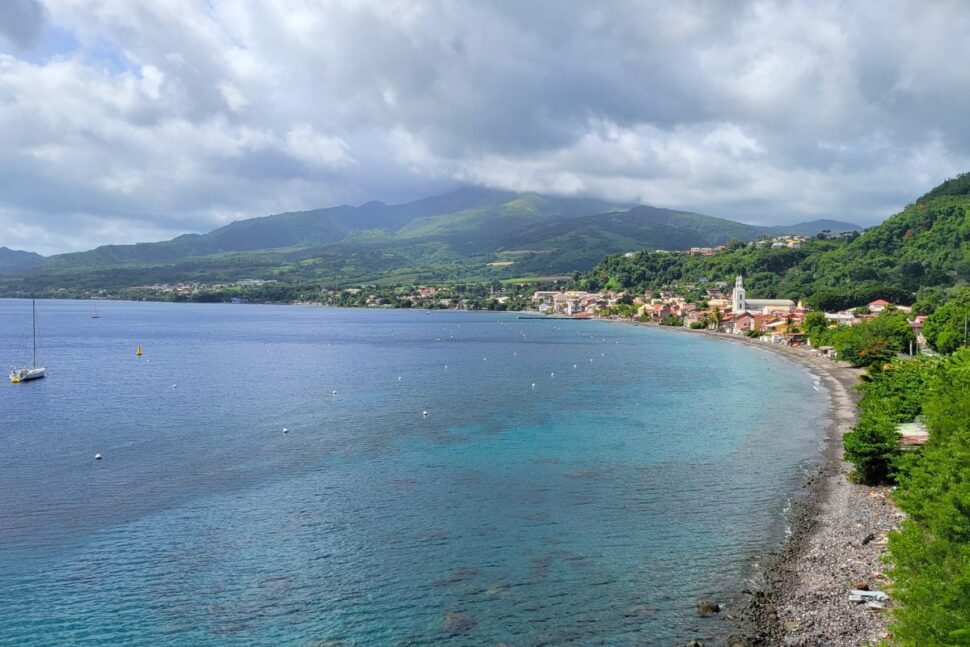
Opportunities to experience the delights of Martinique’s thriving landscape are never too far away. Downtown, in Fort-de-France, storied buildings impress with designs as ornate as their origins. Elsewhere, sprightly plant life steals the show, and scenic views await you as you navigate this mountainous terrain. The island has 264 named mountains, according to the PeakVisor App, and four volcanic mountain ranges. The highest and most prominent mountain is Mount Pelée, an active formation. Mount Pelée is also the site of the 20th century’s most deadly volcanic eruption, which occurred in 1902. However, visitors can rest easy knowing that the volcano hasn’t erupted since 1932.
Martinique is an equal opportunist in satisfying plant and nature lovers as much as those enchanted by the water. More than 60 swimmable beaches are open to the public throughout the island, ranging from white- to black-sand waterfronts. While each offers a different vibe, it’s wise to take into account the proximity of beach picks to your accommodation. While still relatively small, the 50-mile long and 22-mile wide island can take 1-2 hours by car to drive between some destinations. Along the southern coast, popular beach spots include Diamant, Grande Anse des Salines, and Anse Noire. In the north, the shores of Anse Couleuvre and Anse Céron offer striking sea and cliff views that feel otherworldly.
One can’t mention the joys of life in Martinique without mentioning the abundance of adventure activities. Whether you prefer land or sea memories, Martinique can deliver both. On land, there’s horseback riding, dozens of well-maintained hiking trails, ATVs, and botanical gardens. At sea, you’ll discover some of the world’s most dazzling scuba diving, kayaking, dolphin watching, and more.
Enjoy Culinary Flavors For The Most Curious Palettes

The island’s culinary identity is where its unique blend of cultures shines brightest. Martinique’s gastronomy is anelevated one – marked by the use of creativity, sustainability, and tradition. While the island has a few unique, popular dishes, chefs keep things interesting by reinventing old recipes using local ingredients. While you can expect signature staples in many places, this is more of a menu-of-the-day kind of island.
Wherever your itinerary lands you, you’re likely to find a selection that effortlessly combines African, French, Caribbean, and South Asian techniques. The result is a food identity that is part regional French cuisine and part traditional Creole cooking. A few dishes you’ll see on many menus include Accras de Morue (cod fritters), Colombo de Poulet (chicken colombo), and Fricassée de Chatrou (octopus stew).
Before leaving, be sure to check out the abundance of spices available for purchase. Spice vendors at markets sell various forms of vanilla in addition to saffron, cinnamon, ginger, and colombo spice, among others.
Taste Some Of The World’s Most-Awarded Chocolates
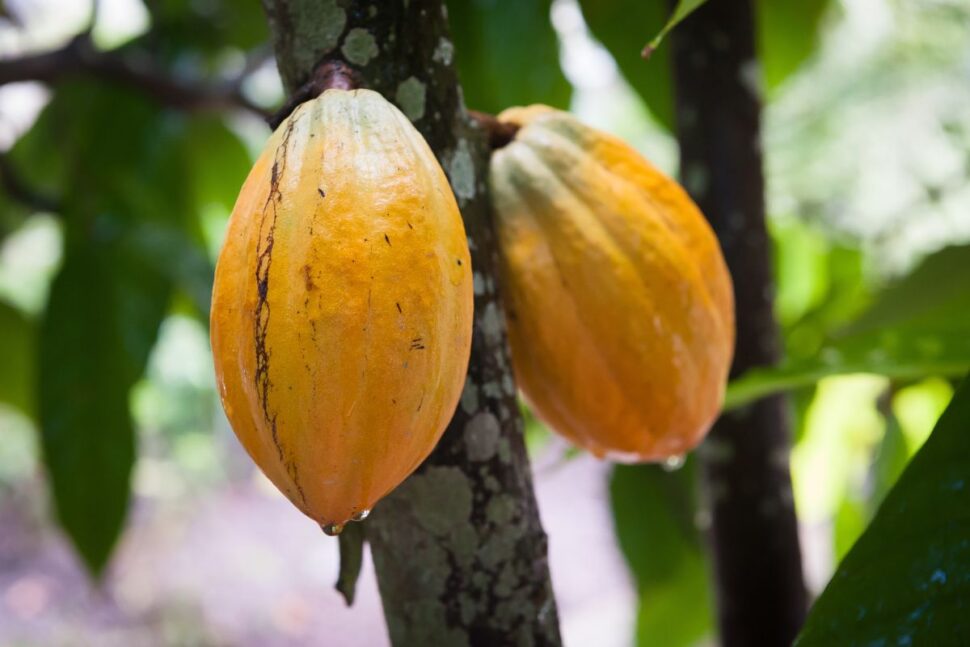
Despite all the attention places like Switzerland and Belgium get for their chocolate mastery, Martinique is quickly becoming the new spot for chocolate aficionados. Valcaco, an association of Martinican cocoa producers, recently earned the title of Cacao of Excellence at Chocoa, an international chocolate fair. The annual cocoa market, conference, and festival is where the collective gained recognition for having the world’s best cacao bean.
Each of the island’s chocolate brands packages a unique aspect of Martinique’s flavors, fruits, and history in each confectionary creation. Chocolaterie Frères Lauzéa has been around for more than 20 years, and brothers Thierry and Jimmy have perfected their process. Frères Lauzéa’s chocolate candies are almost too beautiful to eat, and their tablet bars will test any desire to restrain from having more than a few. Chocolat ELOT is another brand you’ll find all over the island. The dark chocolate candy bar is a favorite for many (and often coveted by seasoned visitors). Prepare for an au natural chocolate experience, but this is about as local as it gets in Martinican chocolate.
Savor The Spirits Of The Rum Capital Of The World

Unless you’re a big rum connoisseur, you probably wouldn’t know Martinique is the world’s rum capital. Martinique has 15 distilleries, and rum culture is serious business from morning to night. It’s not one to overtly toot its horn globally, but, like many other Caribbean nations, much of Martinique’s story lies in the production of sugarcane and its byproducts, such as rum.
Unlike most other destinations in the region, Martinique is one of two that produce rhum agricole in the Caribbean. The unique rum production technique, which holds the prestigious AOC (appellation d’origine contrôlée) designation, produces rum flavors unlike other varieties of the spirit. During your visit, you’ll likely see rhum agricole available for breakfast, lunch, and dinner. One of the island’s signature libations — a “décollage” — is French for “takeoff” and is customary as a morning drink. Ti-Punch is the national cocktail of Martinique, consisting of rhum agricole, cane sugar, and lime. Taken straight, the rhum agricole is often served with its counterparts on the side for its consumer to swizzle to their liking.
The best way to get a better understanding of the uniqueness of rhum agricole is to take a distillery tour. Each of Martinique’s 15 distilleries offers different experiences to guests, from tastings to rum factory walkthroughs. Some of the most popular include Depaz Distillery (one of the island’s oldest), Saint-James Distillery, and J.M. Distillery in the north near Mount Pelée. Whether you enjoy tasting spirits or simply absorbing new cultures, you’ll find both at many of these well-preserved or reconstructed sites.
These are but a few of the highlights that make Martinique a special place to visit. It’s an island ambiance that has to be experienced, with great food, nightlife, and a laidback energy whose first visit beckons the next. With year-round annual celebrations of culture, from Martinique’s Carnival to Gastronomy Week, it’s easy to see why this is the underrated getaway of the Caribbean.
